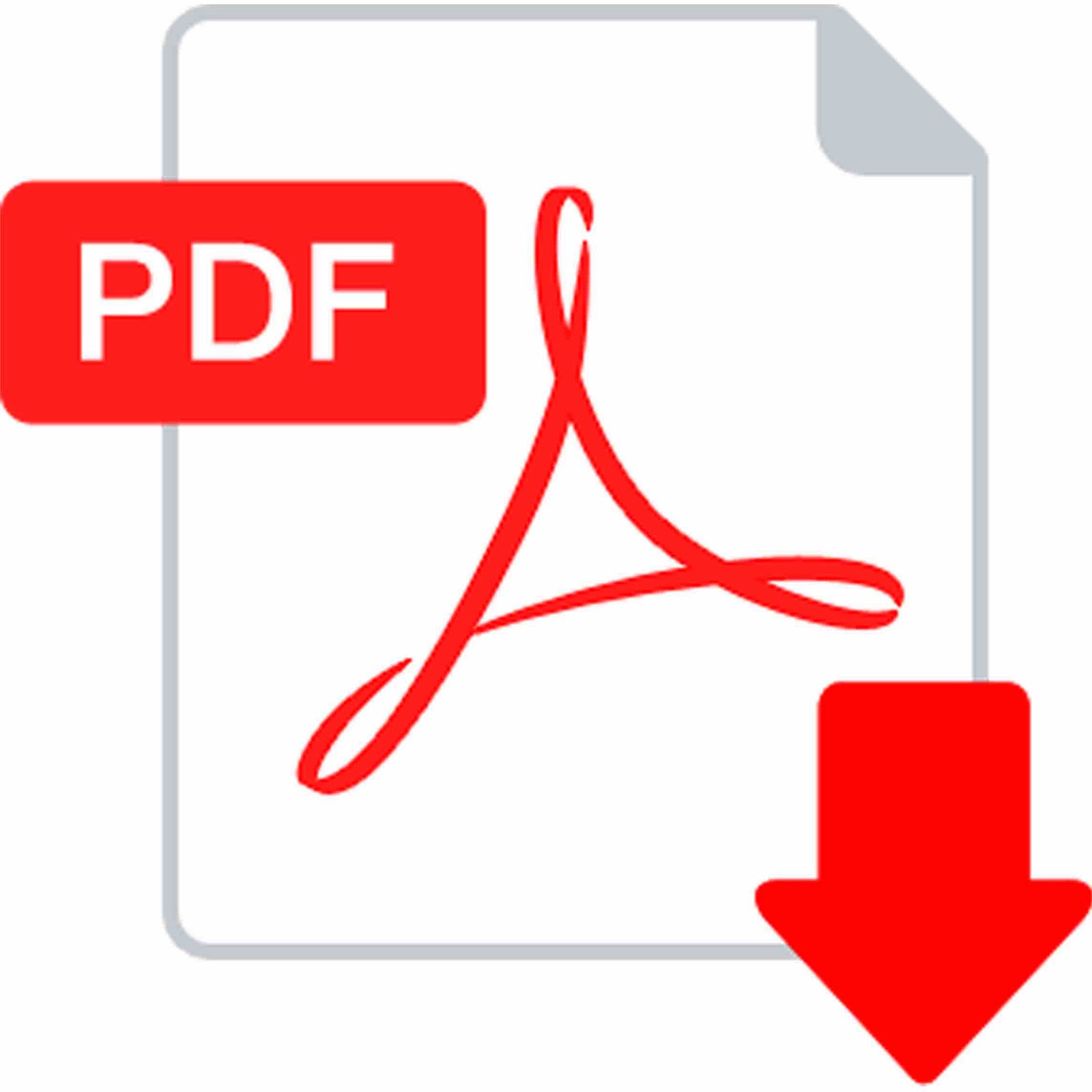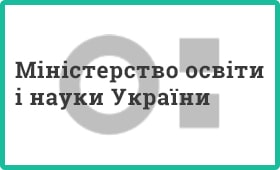| JEL Classification: D83; O15; L86. | DOI: https://doi.org/10.31521/modecon.V48(2024)-10 |
Melnyk Larisa, PhD in Economics, Associate Professor, Associate Professor of the Department of Human Resources and Entrepreneurship The National University of Water and Environmental Engineering, Rivne, Ukraine
ORCID ID: 0000-0003-1731-1860
e-mail: l.m.melnyk@nuwm.edu.ua
Trofimchuk Serhii, graduate student of the third (educational and scientific) level of higher education of the Department of Finance and Economic Security The National University of Water and Environmental Engineering, Rivne, Ukraine
ORCID ID: 0009-0006-0360-8443
e-mail: s.m.trofimchuk@nuwm.edu.ua
Analysis of the use of Information Technologies in Human Resource Management Systems
Abstract. Introduction. In the modern world, information technologies play a key role in the evolution of strategic human resource management (SHRM). These technologies provide tools for automating and optimizing HR processes such as talent acquisition, performance management, learning and development, and employee engagement. Understanding and effectively using information technology in HR is becoming a critical factor in improving organizational performance and achieving business goals. In the era of digital transformation, HR functions are undergoing significant changes that require the implementation of new technologies, especially artificial intelligence and automation.
Purpose. The purpose of this article is to analyze the use of information technology in strategic human resource management (SHRM) and assess its impact on HR functions such as talent acquisition, performance management, and learning and development. The study also focuses on exploring the integration of artificial intelligence and automation into HR processes and their influence on improving efficiency and productivity within organizations.
Results. This article discusses key aspects of the use of information technology in strategic human resource management. Special emphasis is placed on the application of artificial intelligence and automation in HR functions, including talent acquisition, performance management, learning and development, and employee engagement. The results show that the implementation of HR technologies significantly increases process efficiency, enables more data-driven decisions, reduces costs, and improves employee engagement through digital platforms. However, it also identifies challenges such as data security issues, resistance to change, and the ongoing need for HR professionals to update their skills to work with new technologies.
Conclusions. The study results confirm the importance of implementing information technologies, particularly artificial intelligence and automation, in strategic human resource management. This increases process efficiency, optimizes costs, improves employee engagement, and facilitates faster adaptation to labor market changes.
Keywords: strategic human resource management; information technologies; artificial intelligence; HR automation, digital platforms; HR efficiency; employee learning and development.
References:
- Albert, E. T. (2019). AI in talent acquisition: A review of AI applications used in recruitment and selection. Strategic HR Review, 18(5), 215–221. https://doi.org/10.1108/SHR-04-2019-0024.
- Alnamrouti, A., Rjoub, H., & Ozgit, H. (2022). Do strategic human resources and artificial intelligence help to make organisations more sustainable? Evidence from non-governmental organisations. Sustainability (Basel), 14(12), 7327. https://doi.org/10.3390/u14127327.
- Collings, D. G., McMackin, J., Nyberg, A. J., & Wright, P. M. (2021). Strategic human resource management and COVID‐19: Emerging challenges and research opportunities. Journal of Management Studies, 58(5), 1378–1382. https://doi.org/10.1111/joms.12695.
- Dhillon, I., & Gupta, S. (2015). Organizational restructuring and collaborative creativity: The case of Microsoft and Sony. IUP Journal of Business Strategy, 12(1), 53.
- Dixit, R., & Sinha, V. (2021). Training as a strategic HRM tool to foster employee development in SMEs. In Handbook of Research on Strategies and Interventions to Mitigate COVID-19 Impact on SMEs (pp. 609–628). IGI Global. https://doi.org/10.4018/978-1-7998-7436-2.ch030.
- Vintonyak, A. M. (2022). Information technologies in personnel management system: an approach to human resource management. Ekonomika ta upravlinnya, (44). https://doi.org/10.32782/2524-0072/2022-44-27.
- Vergelis, V. O. (2021). Information technologies in personnel management at enterprises. Visnyk ekonomichnoi nauky Ukrainy, (31). https://doi.org/10.32843/visnyk/2021-31-14.
- Volianska-Savchuk, L. V., & Krasovsky, V. O. (2023). Features of the application of modern computer and information technologies in personnel management. Management and Innovations, 12, 55–61. https://doi.org/10.51656/2524-0277-2023-12-55.
- Lavrynenko, S., Zelinska, A., & Bezdytko, O. (2023). Business communications and their innovativeness in the enterprise management system. Ekonomika ta suspilstvo, (48). https://doi.org/10.32782/2524-0072/2023-48-41.
- Kravchuk, I. I., & Lavrynenko, S. O. (2022). Knowledge management and business communications – current trends in the innovative development of modern organizations. Efektyvna ekonomika, (1). http://www.economy.nayka.com.ua/?op=1&z=9868 (accessed August 06, 2024). DOI: 10.32702/2307-2105-2022.1.4.
- Fostolovych, V., Hurtovyi, Y., & Fostolovych, R. (2024). Communication processes in hospitality enterprises under digital transformations. Ekonomika ta suspilstvo, (61). https://doi.org/10.32782/2524-0072/2024-61-58.
- Kalaman, O., Dyshkantiuk, O., & Vlasiuk, K. (2023). Communication processes in the personnel management system of the hospitality industry [Komunikatyvni protsesy v systemi upravlinnia personalom industrii hostynnosti]. Infrastruktura rynku, 71, 128–134. https://dspace.onua.edu.ua/items/5a2a671c-09fc-40f1-a8cf-387e769d1abc.
- Orlova, K. Y., Tsaruk, I. M., & Sannikova, S. B. (2023). Communicative aspects of scientific research in the field of management. Problemy suchasnykh transformatsii. Seriya: ekonomika ta upravlinnya, (8). https://doi.org/10.54929/2786-5738-2023-8-04-07.
- Karpenko, N. V. (Ed.). (2016). Marketing activities of enterprises: modern content. Kyiv: Tsentr uchbovoi literatury.
- How to increase site traffic. (n.d.). https://www.site2b.ua/ua/web-blog-ua/yak-zbilshiti-vidviduvanist-sajtu.html.
- 2023 Trends in marketing communication management. (2023). Analytical report. https://factumua.com/document/Factum%20Group%20Marketing%20Directors%20Poll%20-%20Report%202023_v2.pdf.
- Savytska, N., Pakhucha, E., & Vinnik, P. (2023). Contemporary trends in marketing communication management. Molodyi vchenyi, 11(123), 140-145. https://doi.org/10.32839/2304-5809/2023-11-123-5.
- Chugayev, O. A., & Arutyunyan, O. G. (2023). Formation of international marketing communication of the enterprise. Journal of Strategic Economic Research, 1(12), 91-99. https://doi.org/10.30857/2786-5398.2023.1.10. https://econ-vistnyk.knutd.edu.ua/wpcontent/uploads/sites/17/2023/07/1-2023-10.pdf.
Received: 17 October 2024

|
How to quote this article? |
| Myshchyshyn O., Semkiv O. (2024). Analysis of the use of Information Technologies in Human Resource Management Systems. Modern Economics, 48(2024), 83-91. DOI: https://doi.org/10.31521/modecon.V48(2024)-10. |










 Українська
Українська